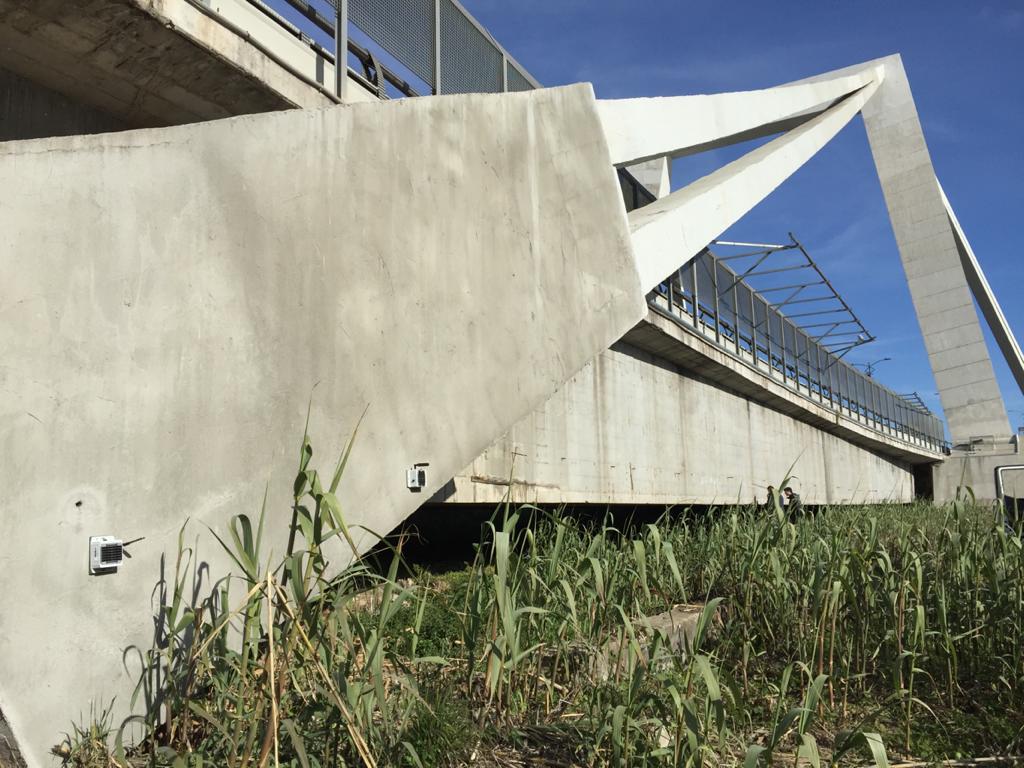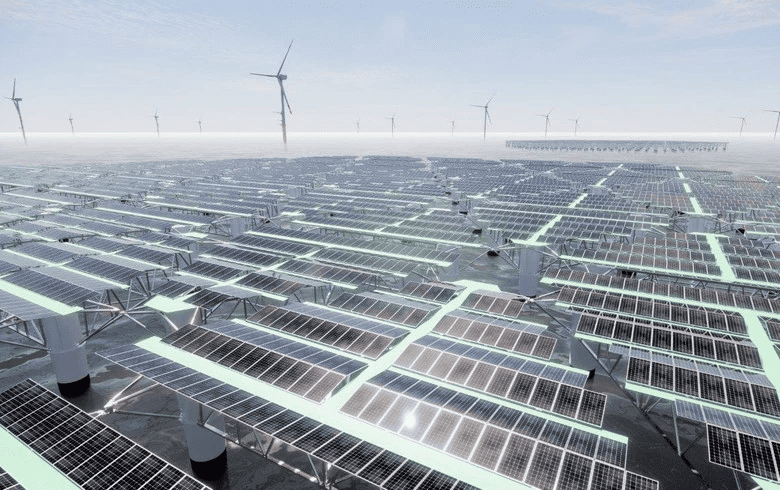
The infrastructure in Europe (and beyond its borders) is in trouble. A low point was reached two years ago when part of the Morandi Bridge in Genoa, Italy, suddenly collapsed. Forty-three people lost their lives.
The problem mostly concerns viaducts and bridges that are about fifty years old. That time roughly corresponds to the service life of reinforced concrete from the 1960s and 1970s. “Outdated infrastructure is a global problem,” says Valentina Bacchettini, general manager at Wisepower.
Wireless ‘senses’ can indicate in time whether a structure is in danger.
The company from Perugia (Italy) believes it has the solution to this problem through the permanent monitoring of structures with the help of sensors. These ‘senses’ indicate in time whether a structure is in danger. Once an alarm is triggered, something can be done about the maintenance in a targeted manner.
Monitoring sensors
There are more monitors that safeguard infrastructural structures. For example, the successor to the Morandi Bridge, which was inaugurated last August, is also equipped with ‘surveillance sensors.’ “But those sensors are not wireless,” notes Bacchettini. In fact, Wisepower has two USPs: the sensors communicate wirelessly and they charge themselves.

The last one in particular is special. “Our devices are anchored to structures that are subjected to vibrations. In the device, the vibrational energy is converted into electrical energy, which powers the sensors”. Incidentally, there is also a solar cell in the device in case of an emergency.
Widening the range of frequencies
It’s a bit like self-winding watches, which generate energy through the kinetic movement of the arm. But if a watch like this is not worn on the wrist, but instead is lying on the dashboard of a car, for example, it will not recharge itself. The movement of the car will not be converted into energy by the watch. Wisepower’s sensors can do that, however, because they are “capable of broadening the range of frequencies,” says Bacchettini.
The device has been in use in Italy for a few years already. A number of viaducts in northern Italy, for instance, have been equipped with it. But communication masts and above-ground oil pipelines also have WiseSensing cabinets, as they are known as.
Temple of Minerva Medica
The device is not only intended for bridges and viaducts, but also for wind turbines, transmission masts, above-ground oil pipelines, and so on. Even historical monuments can be tracked with these kinds of sensors. For example, the temple of Minerva Medica in Rome is equipped with sensors from Wisepower. The temple dates from the third century A.D. and is located right next to a busy railroad line and is consequently literally under pressure.
If it is up to the general manager, then the Colosseum will also be filled with sensors.
Also interesting: Genoa’s new bridge must not collapse








